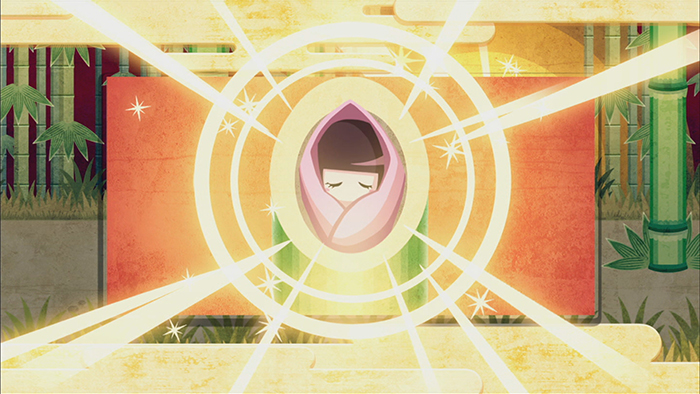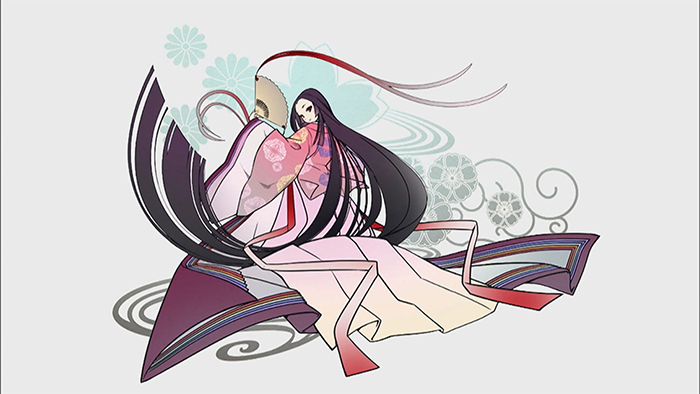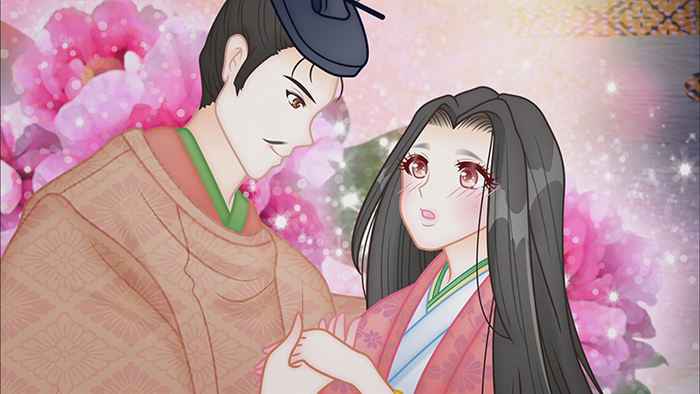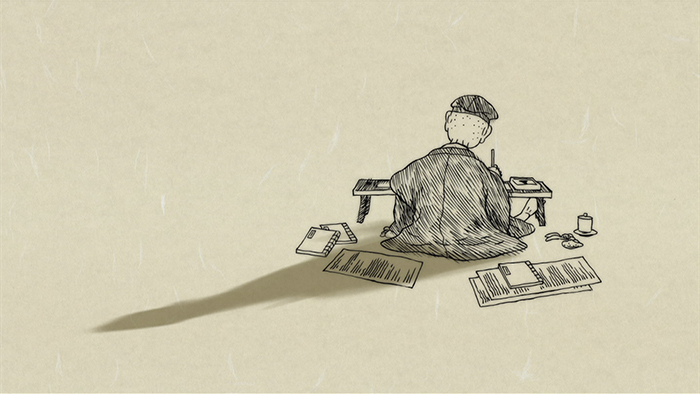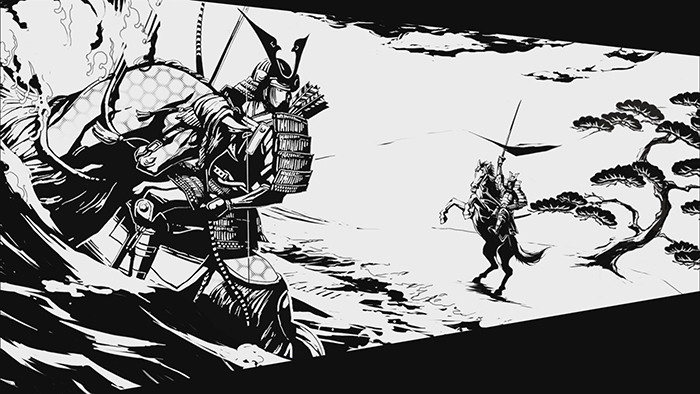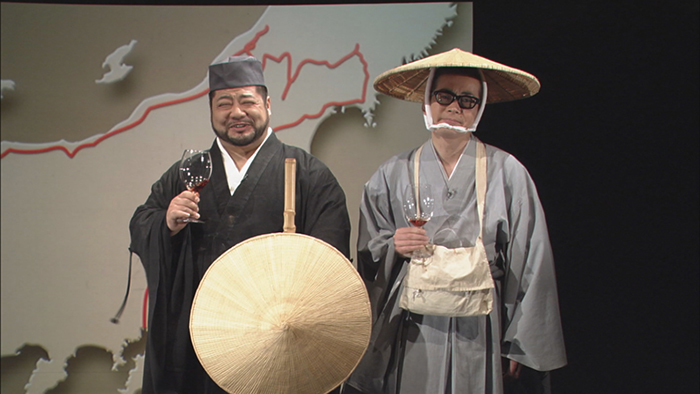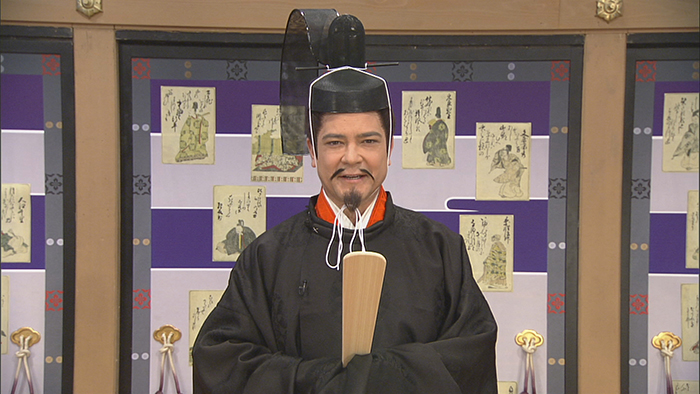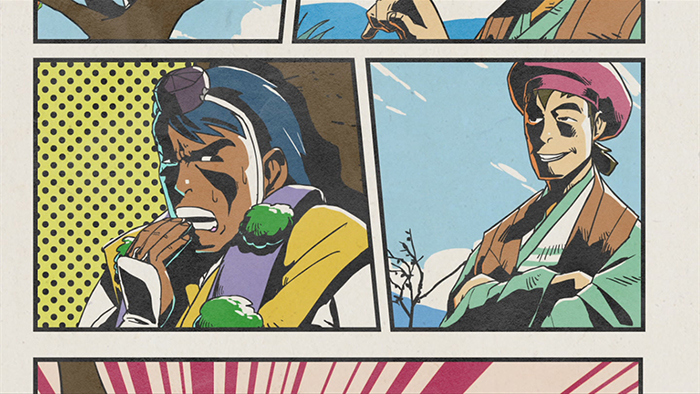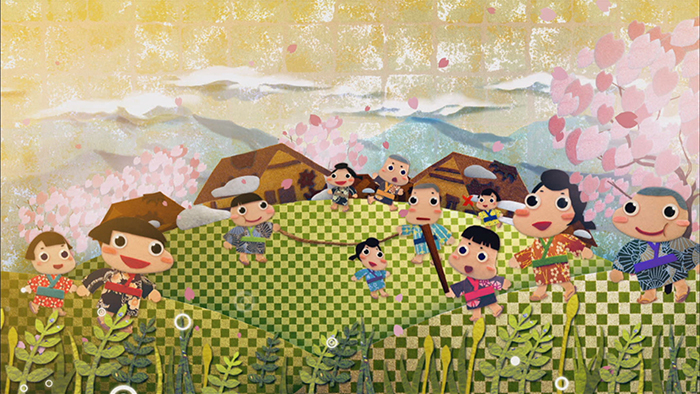- Home
- Program Catalog
- Education
- Language
- Story Land in Classical Japanese(10yrs.-adult)
NEWStory Land in Classical
Japanese
(10yrs-adult)おはなしのくにクラシック
- 8×10 min., 1 ×9min.
- EED9S019-001~006,008~010
- English, Portuguese, M/E, HD
©NHK(Japan Broadcasting Corporations)
This series is aimed at students of the Japanese language and viewers interested in classical literature. It provides easy introductions to celebrated classical works that are commonly included in school textbooks and familiar to virtually all Japanese. The works are first presented in their original classical form to give viewers an immediate feel for the sound of the language. Then they are explained and rendered in modern language, with the worldview they embody introduced through scenic set designs and video imagery. The program is also intended for non-Japanese students who are studying classical Japanese.
1. Taketori Monogatari (The Bamboo Cutter) / 竹取物語
Taketori Monogatari, one of Japan’s oldest tales, reads like science fiction. It tells the story of a tiny, radiant baby girl who is found in a bamboo stalk and turns out she wasn’t from earth but came from the moon.
2. Makura no Soshi (The Pillow Book) / 枕草子
Written about 1,000 years ago, Makura no Soshi is a collection of short essays by Sei Shonagon on such topics as the beauty of the seasons, personal likes and dislikes, and experiences at court.
3. Genji Monogatari (The Tale of Genji) / 源氏物語
Genji Monogatari, a novel written 1,000 years ago and regarded as the apex of Japanese literature, recounts the escapades of Hikaru Genji and the many women in his life, each of whom is depicted in lively detail.
4. Tsurezuregusa (Essays in Idleness) / 徒然草
Written by a reclusive monk named Kenko, Tsurezuregusa is full of humor and critical commentary that seem thoroughly modern. The program introduces the famous opening lines and few amusing incidents of the time that are still well-known today.
5. Heike Monogatari (The Tale of the Heike) / 平家物語
Heike Monogatari tells the tragic tale of the Heike clan, who reached their zenith of power about 800 years ago only to be annihilated within a few decades. Though they are gone, their story lives on.
6. Oku no Hosomichi (Narrow Road to the Far North) / おくのほそ道
The poet Matsuo Basho wrote Oku no Hosomichi as a travel diary that includes many haiku masterpieces inspired by actual places he visited. Scenes from his remarkable journey and the sentiments he experienced are conveyed through his writings.
7. -cancelled-
8. Hyakunin Isshu (100 Poets, 100 Poems) / 百人一首
Compiled about 800 years ago, Hyakunin Isshu includes one excellent poem from each of 100 poets, who used just 31 syllables to express a wide range of emotions keyed to the passing seasons.
9. Kyogen Kaki Yamabushi (Persimmon Mountain Priest) / 狂言「柿山伏」
The comedic stage art of kyogen emerged about 600 years ago. One of its most popular pieces is introduced, demonstrating the gestures, vocal techniques and onomatopoeia that make it so delightful.
10. Haiku / 柿食えば~俳句(9min.)
Haiku are short poems in three lines of five, seven, and five syllables that express the poet’s reactions to nature and include set seasonal words or phrases. Famous haiku are introduced, enhanced by CG animation and images of beautiful scenery.

